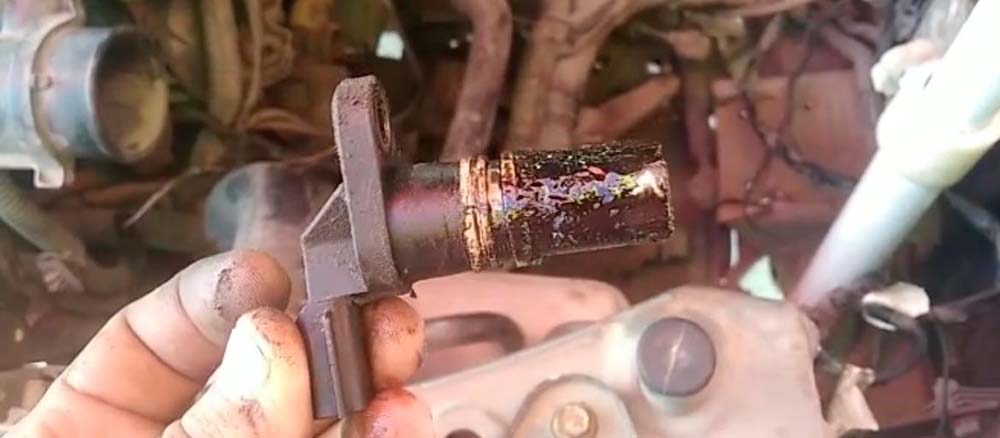The crank sensor is an important component in operating a vehicle’s engine. The crankshaft’s performance can be monitored using the crank sensor to ensure it is running optimally. It is necessary to be aware of the location of the crank sensor to identify and address any issues with the engine before they become more significant. Keeping track of this component can allow for smooth and efficient engine operation. In this article, we will provide an overview of where the crank sensor is typically located and its function within a vehicle’s engine system.
By understanding these details, you can better identify any potential issues with your car or truck before they become critical, thus saving time and money in repairs or even replacement parts. With that said, let us dive into this topic and learn more about how the crank sensor works and where it might be found on your particular model of car or truck.
What Is a Crank Sensor?
A crank sensor, also known as a crank angle sensor, is a device used in an internal combustion engine to determine the position of the crankshaft relative to the piston’s top dead center. It helps determine when the cylinder should fire and prevent misfires. The crank sensor is usually located on the transmission side of the crankshaft or in some engines, it can be mounted on the side of the engine block. The main function of this device is to monitor the speed and revolutions per minute (RPM) of an engine’s crankshaft as it rotates.
This information is then relayed back to either a vehicle’s computer or ignition system so that it can adjust fuel injector timing and spark timing accordingly. If there are any issues with your vehicle’s crank sensor, you may experience hard starting or stalling issues because your engine won’t be able to “time” its ignition properly with no input from this component. Also read about the Bad MAP Sensor Symptoms.
Where Is the Crank Sensor Located?

The crankshaft position sensor, sometimes also known as the crank sensor, is generally positioned near the base of the motor block. It is typically situated in front of or behind the crankshaft pulley and can be accessed from underneath the vehicle. The crank sensor measures the position and speed of rotation of the crankshaft so that it can monitor engine performance. It sends this information back to other engine components such as the fuel injector or spark plugs.
The sensor itself is a small device that consists of two wires that are connected to a magnetic coil which then sends an electrical signal to an ECU. If this component fails, it can cause several issues such as decreased power output, rough idle and even stalling. It is critical to promptly identify any issues that may arise and replace any defective parts as required.
How Does a Crank Sensor Work?
The crank sensor works by detecting the position of the crankshaft as it turns. It does this by using either a Hall effect or a magnetic pickup coil. The coil is used to create an electrical signal which is then sent to an ECU. As the crankshaft rotates, the signal changes in frequency and amplitude which allows the ECU to measure rotation speed and direction. This data can then be used to adjust fuel injection, spark timing, and other components that are needed for proper engine performance. The crank sensor is also used as a trigger for certain engine functions such as detonation control and variable valve timing during certain operating conditions.
Conclusion
To sum up, the crank sensor plays a crucial role in contemporary engine systems. It serves to track the crankshaft’s speed and position, which is essential for regulating other elements like the timing of fuel injection and ignition spark. Knowing where to find this component can be beneficial in diagnosing any potential issues with your vehicle’s engine before they become serious. The crank sensor is usually located on or near the bottom of the engine block, either in front of or behind the crankshaft pulley, and can be accessed from underneath the vehicle. If you have any further questions about how a crank sensor works or where it might be found on your particular model, consult your owner’s manual or contact a certified mechanic for assistance.



